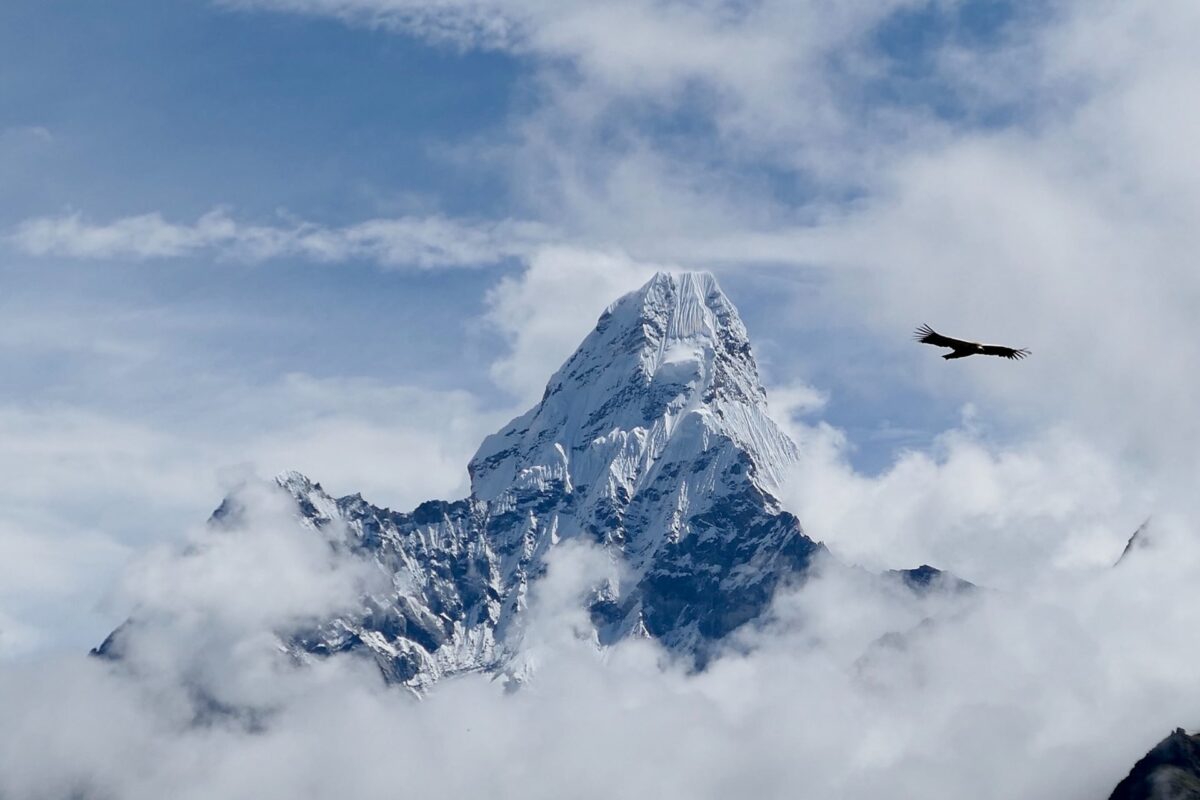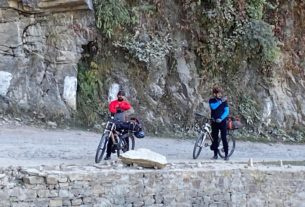#blog
#50yearsofhimachalpradeshstatehood
Himalayas
We are visiting the #Himalayas today.
#blog
#50yearsofhimachalpradeshstatehood
We are visiting the #Himalayas today.
Experience the uniqueness of the #Himalayas by the subsequent statement. They are the most abundant of the world’s mountain systems, one of the youngest ranges. Yet unfolding, hence evolving and acquiring a distinct shape and an unlike curve constantly.
Age of Himalayas
The Aravallis, the Satpura, the Vindhyas and the Nilgiris mountain ranges in India are over 1000 million years old. These comprise peninsular India. In contrast, #Himalayas are assumed to be only 40 million years old.
But they are most surpassing admittedly.
Therefore, it took about 50-70 million years for this extensive landmass to rise.
The habitat
The monstrous mountains are people favorable. They host around 52.7 million people. The Himalayas are plated in five countries which are Nepal, Bhutan, China, Pakistan and India.
The most outlandish mountain ranges are also known as ‘Gir-raj’ or ‘King of Mountains’ in India.
River of Himalayas
Most fittingly, as they host some of the world’s major rivers. These are the Indus, the Ganges and Tsangpo-Brahmaputra. This drainage basin solely is home to 600 million people.
Division of Himalayas
#Himalayas is composed of four distinctive regions.
The outer layer is named the outer #Himalayas, which are also acknowledged as the Shiwalik.
These are the ranges from where you penetrate #Himalayas.
They are not very high. This region is fit to grow crops, people live here, and it also bears dense forest cover.
Higher to the #Shiwaliks are the lesser #Himalayas. This portion is a combination of forest cover and grassy slopes. The attitude here supports snowfall in winters.
The Lesser Himalayas are host to the famous hill stations Dharamshala and Shimla. These are the world-famous tourist destinations in Himachal.
Surpassing the lesser Himalayas are, the greater Himalayas. I would say these are the beauty and the beast ranges.
They are ultra-impressive snow-covered peaks. They remain white both in winters as well as in the summers. There is no plant or animal life here. The world’s highest peak, i.e. #MountEverest is a part of the greater Himalayas.Other important peaks are k2,Kanchenjunga ,Lhoste,Nanga Parbat etc.
The fourth part of #Himalayas is the trans -Himalayas.
They are named the cold desert. Melted snow is the source of water in Ladakh. The trans-Himalayas has no forest cover.
In this part, greenery can be seen along the river banks and valleys. Ladakh, Lahaul and Spiti are located in this region.
Life is tough, and so are the people living here.
Climate effect
Himachal is spread on the #Himalayas. Therefore, Himachal is unusual in its climate, culture and topography.
The high mountain ranges do not allow the warm and rain-bearing winds to flip out of the Indian subcontinent into the trans #Himalayas. It transforms Ladakh into the cold desert. It falls on the Leeward side of the mountain.
To be continued……………………………………………………..




